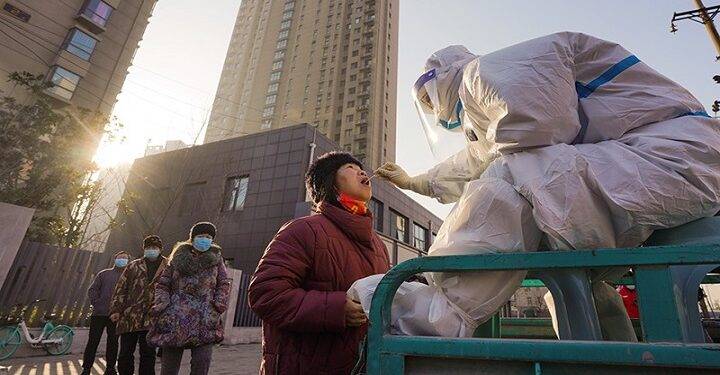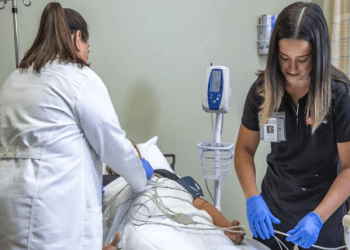After a two-year rise in new infections, China has cut back on the statutory quarantine period for COVID-19 patients who have been cured. This way, more medical resources can be used to treat people who have more severe illnesses. Since the COVID-19 response measures have been used regularly, China has been very good at responding to cluster illnesses in the region and protecting people’s lives and health as best it can.
Inside story
According to Country’s health minister, the country’s economic success and its response to COVID-19, which it led the world in, show that it can fight epidemics and is strong and skilled at preventing and controlling them. The Chinese government has approved COVID-19 self-test kits because the number of cases in the country has risen to a two-year high in recent weeks. Infectious Diseases Center Chief Zhang Wenhong said the strategy had been changed to use more medical resources. According to the state-run China Global Television Network, COVID-19 is being dealt with by using “three weapons.” These are high vaccination rates, effective antiviral treatment, and plenty of medical resources in a crisis (CGTN). In a new plan, China’s National Health Commission says that people with mild cases should be kept in quarantine instead of going to the hospital unless their condition worsens a lot. Zhang says that patients who have been released from the hospital now only need to stay at home for seven days and take a COVID-19 test. wikibiofacts Famous Peoples Biography, Family, Net Worth
Millions of people across the country have had restrictions put on them, including the whole province of Jilin and the technology capital of Shenzhen. The leak has harmed companies like Toyota, Volkswagen, and Apple supplier Foxconn. If there are lockdowns, some supplies may not get to people on time. whathowbuzz Blogs for Industry News & Trends Daily. biographywiki Celebryty Biography of Famous Personalities
There were more than 5,000 cases reported on Tuesday, with most of them in Jilin, the capital of China.
Recently, all 24 million people in the north-eastern part of the province were put into quarantine. Since the Wuhan and Hebei cities were closed at the start of the pandemic, China hasn’t shut down an entire province.
People who live in Jilin can’t leave the province without permission from the police, who have put a travel ban on the area. One day earlier, the 12.5 million people who live in Shenzhen, China’s southernmost metropolis, were put under a five-day lockdown. All buses and subway services were stopped.
Several places in China were quickly put on lockdown on recently. Langfang and Dongguan were both put on lockdown (southern Guangdong province). China’s draconian lockdown strategy has a lot of costs.
So that there is no Covid left, why is China still working on it?
In some areas where the storm has hit, businesses and employees have been told to close or work from home unless they can provide essential services like food and electricity. In the recent past, Foxconn, the company that makes Apple’s iPhones in Shenzhen, stopped production and said it would restart when it was “notified by the local authorities.”
China’s most prominent iPhone factory in Zhengzhou was able to stay open because the city was not limited. When Toyota closed its Changchun factory in Jilin province, they did not say when it would reopen.











